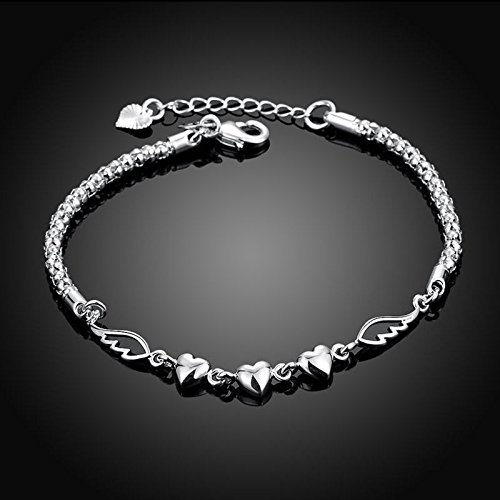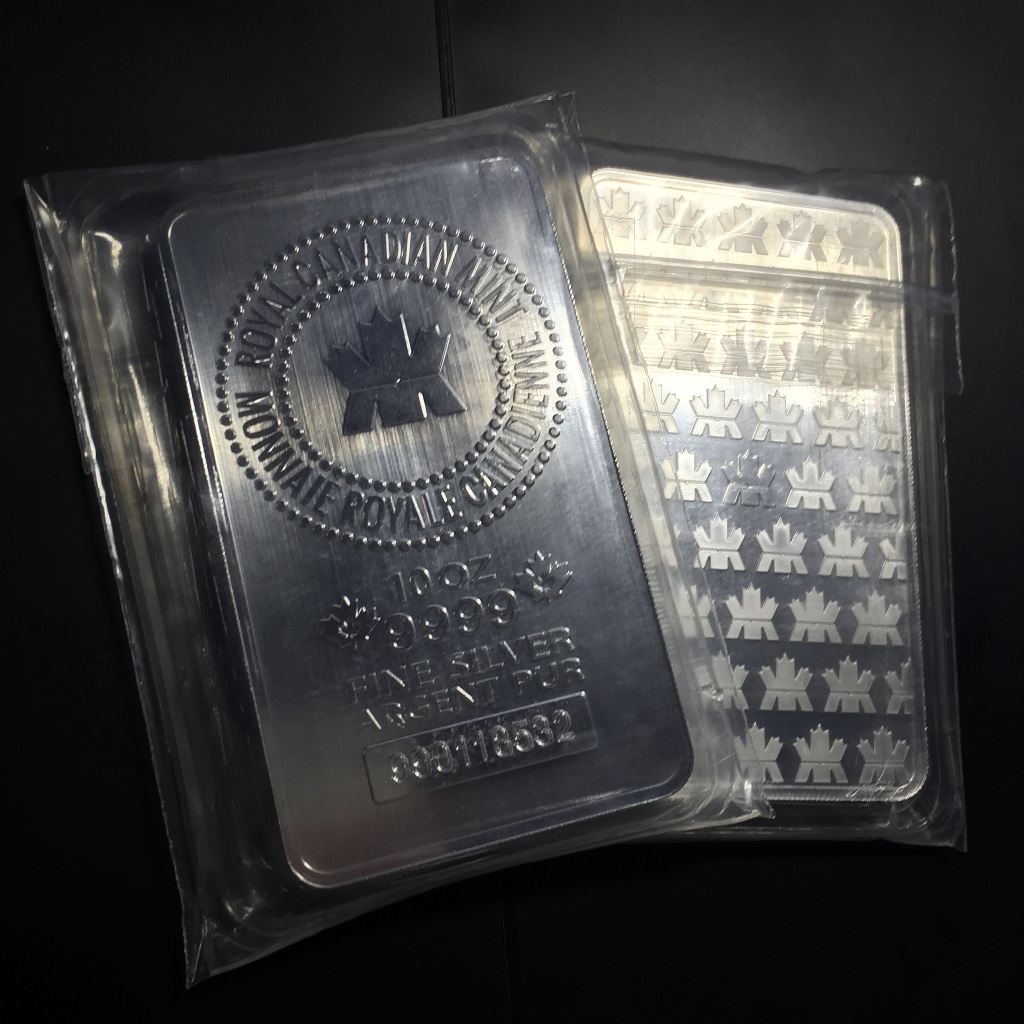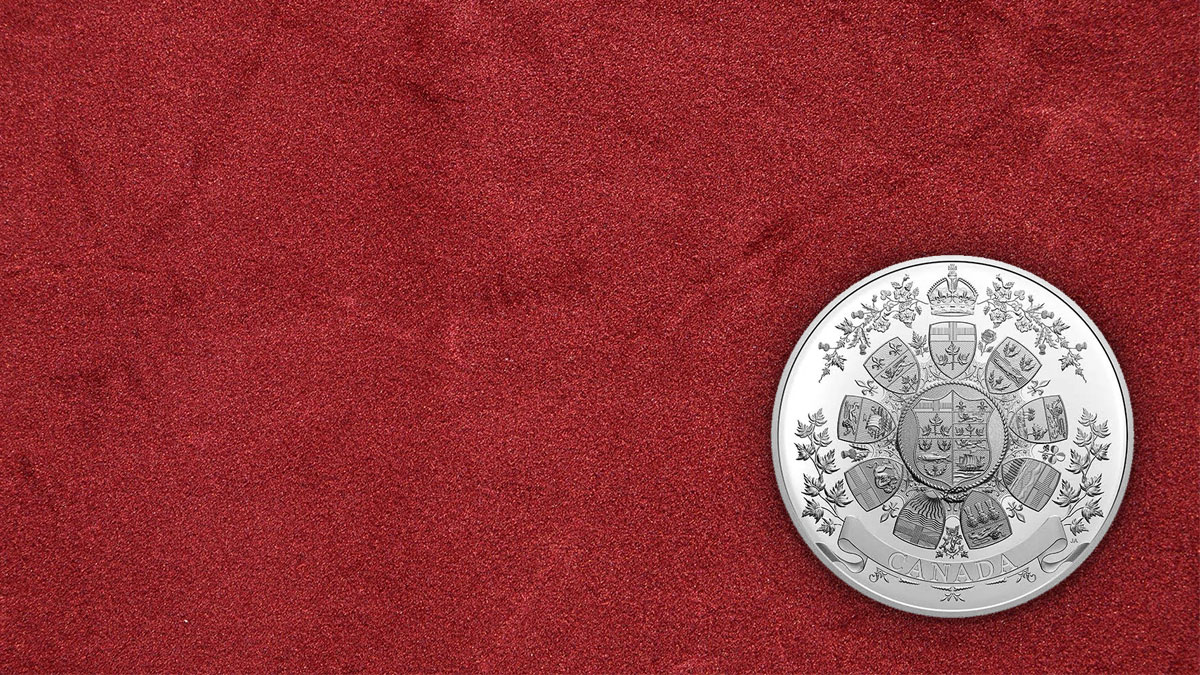Silver is a soft metal with many valuable properties that make it a desirable resource for reasons both practical and luxurious. The chemical element goes by the ‘Ag’ symbol on the periodic table of elements and comes with a melting point of 962°C. It is superior to other metals in that it exhibits high levels of thermal conductivity, electrical conductivity, and metal reflectivity. Read on to find out more about this highly prized metal in its uses, history, and application and influence regarding the modern world.
Silver Mining in Canada
Canada has a robust mining industry that produces many minerals, silver among them. Canada produces gold, coal, potash, iron ore, copper, and silver, among other minerals mined. Canada placed fourteenth on a list of countries producing silver in 2017, producing 12.7 million ounces. Global production of silver in 2017 was 852.1 million ounces.
Canada features many concentrated production areas where mines are located and silver mining in Canada takes place, mainly in BC, Ontario, New Brunswick and Québec. Every year, Canada is able to produce over a thousand tons of silver to bring to market.
British Columbia is home to a number of Canadian mining companies and has a storied history of mining for this precious metal. The Sullivan lead-zinc-silver mine used to be one of the world’s largest producing 280 million ounces of silver while the mine was in production from 1909 through 2001.
Much of Canada’s silver production comes from mining as a byproduct; National Resources Canada states that most Canadian mines are polymetallic. As a result, silver is derived frequently from ores made out of copper and nickel, copper and zinc, and gold and lead. Besides ores, silver can be recovered from various recycled materials. Silver mining continues to be a source of income for the mining companies as well as having the effect of boosting Canada’s GDP.
Uses for Silver
This beautiful metal with the white luster is used in many ways and for many things. The metal is resistant to corrosion, and its malleable nature means that it can be worked with in different ways, whether being rolled, drawn out into a finer form, or other practical methods. Here are some of the most practical and popular uses,
- Utensils and silverware
- Jewelry
- Ornaments
- Industrial materials and applications
- Electronics
- Mirrors
- Batteries
- Water purification systems
- Silver plating for art
- Coins and currency
- Dental alloys
- Medical products, such as surgical pins and plates
- Photographic film, paper (accounts for nearly a quarter of fabrication silver demand)
Silver is the most conductive element on the periodic table of elements, followed by copper and then by gold. Silver owes its conductivity to its single valence electron, moving freely between atoms of silver. Due to the high price of silver, it is not typically used in wiring but can be found in high value electronics. Copper is more typically used as its price and conductivity are suitably matched for use in household appliances.
History of Silver
Silver has long been prized by people around the world. The metal is easy to work with, can be used for different purposes, and it’s attractive. Silver was used to make up currency such as coins and was used in utensils, ornaments, jewelry, decorations, and so much more through the centuries. Now, a brief summary of the history of silver.


Ancient Civilizations
Ancient peoples used silver for many things. It was used for jewelry, for eating utensils, and for ornamental purposes. Silver mining can be traced back to 3,000 B.C. in Greece and Turkey. Ancient people were able to refine the element by heating silver ore, using a cupellation process to blow air over it. As a result, base metals would oxidize and separate, leaving the silver to be then worked further.
1500-1800 A.D.
In 1492, the Europeans arrived at what they called the New World. It was then that the explorers from Spain realized that South America was home to a fortune. It had veins of silver as well as silver ore ready to be exploited. The Spanish mined the silver and from 1500 to 1800, the majority of silver produced in the world would come from Bolivia, Mexico, and Peru (85%).
Industrial Age
With so many practical industrial purposes, silver in industry was an important part of the Industrial Revolution. Around 1750, an age was beginning, powered by the fossil fuels that provided the energy that pushed it forward. Machines and factories could now run on the large amounts of oil, coal, and natural gas that were being produced. Silver’s malleability gave it a variety of uses and meant that it could make up different products on its own or as part of its alloy. It was also used in a monetary application as well, in currency and in national reserves.
Modern Times
Silver is especially an important element in modern times. Many countries produce silver, including the United States, Mexico, Peru, Canada, Australia, China, Poland, Russia, Bolivia, and Chile, to name a few of the large-scale producers. The metal continues to be a popular material used to make up everything from tableware and silverware to jewelry, mirrors, alloys, batteries, and more.
Silver in Jewelry and Luxury Goods
Silver finds practical and aesthetic use in silver jewelry as well as luxury goods. These products also serve as a large portion of the demand for silver. Silverware, jewelry and industrial use account for about 70% of the demand for the metal’s fabrication. Since pure silver is actually too soft to make up the entirety of the product, sterling silver is often a practical choice. The alloy is made up of 92.5% silver, 7.5% copper, with variations or different metals sometimes used.
Silver is a frequent choice for many types of jewelry. Necklaces, earrings, bracelets, bangles, and more are usually offered in two options, silver or gold. But silver is also increasingly starting to prove useful when it comes to being incorporated into clothing. The antimicrobial properties of this metal means that silver nanoparticles may be woven into clothing, which discourages bacterial build up and provides a luxury material that is more breathable and comfortable to wear.


Other luxury goods that feature silver are electronics. Electronics frequently use silver as part of their wiring. It is also a necessary ingredient for photographic film, which accounts for a large range of the demand for the silver (25%). Silver jewelry and similar aesthetic items also make up a smaller but substantial demand for silver production. The element is also used in art to make up silver plating.
Silver as a Reserve Commodity
Silver is in demand as a reserve commodity much like gold, and has been used to back currencies in the past. Silver reserves are used as countries as a type of security. Silver continues to hold value, thus countries set silver aside. In 2019, Peru had a silver reserve that had reached 120,000 tons.


